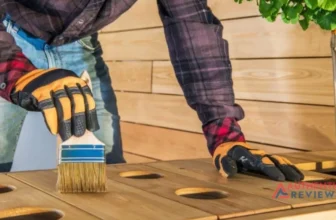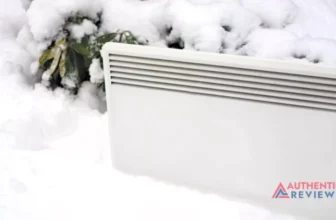Determine How Many Rats Are in Your House for Effective Rat Control

Nobody wants to discover that they have a rodent problem. But if you suspect rats in your home, you may wonder how to tell. Eventually, you’ll need to tell how many rats are in your house to banish the rodents effectively.
This article will provide you with some tips for confirming a rat infestation. We’ll also help you assess the severity of your rat problem so you can plan to evict them.
What are the signs of a Rat Infestation?
These signs of a house full of rats will help you get an idea of how many rats may be in your home:
Droppings in the kitchen
Rat droppings are one of the most obvious signs that you have a rat problem. Droppings can range from ½ inch to 3/4 inch long and are usually dark or black. Look around your kitchen, pantry, and cabinets for droppings, as rats tend to gravitate toward food sources.
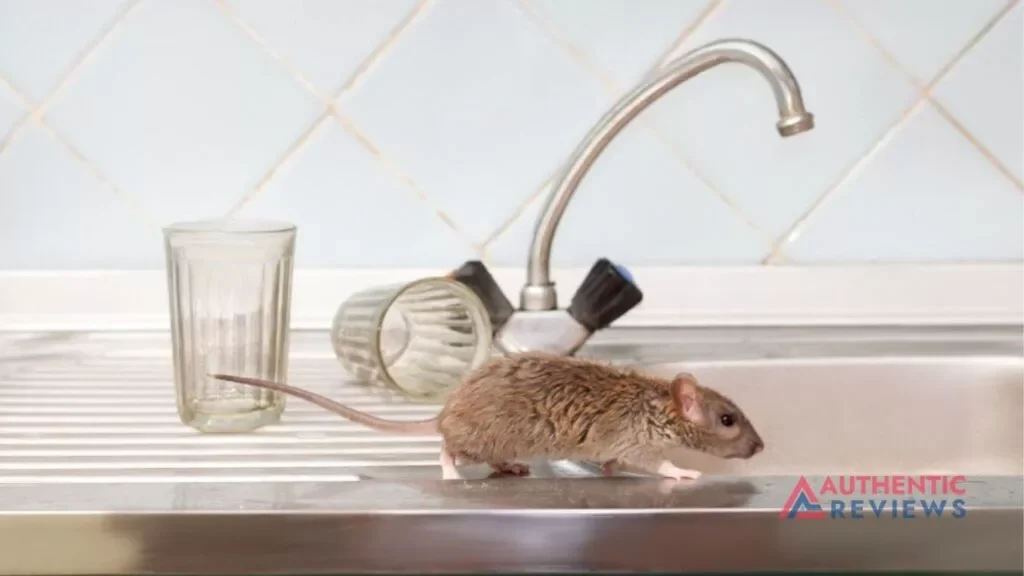
Gnaw marks on furniture or walls
Rat teeth never stop growing, so they must continuously chew to keep them manageable. Look for gnaw marks on furniture, walls, and other areas of your home indicating that rats are present.
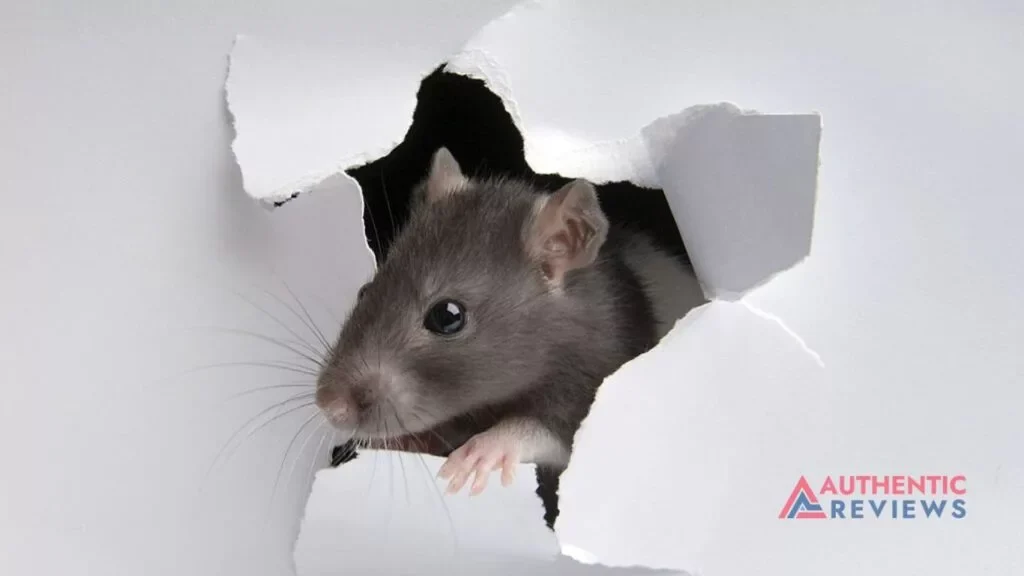
Unusual noises coming from walls
If you hear scratching or squeaking coming from the walls of your home, it’s an evidence of rats in house. Rats are most active at night, so if you hear noises in the evening or early morning, it’s likely a rat. If you have ceiling voids above your walls, listen closely to identify the noise source.

Unexplained pet food disappearances
If you notice that your pet food is disappearing quickly or going missing, it may be due to rats. Rats are drawn to pet food and will often steal it right out of the bowl if they can access it. Keep an eye on your pet’s food supply and make sure nothing else is eating away.

Unexplained electrical wiring damage
Rats are notorious for chewing through wires and damaging electrical systems in the home. Check your walls and other areas with wires for gnaw or chew marks. If you notice any signs of damage, contact an electrician to assess the situation and repair any damaged wiring.

Unusual smells
Rats produce an oily secretion that has a musty, unpleasant odor. If you notice any unusual odors in your home, this is also evidence of rats in house. Check-in areas such as basements and attics where the smell might be more concentrated for signs of rat activity.

Strange rub marks on walls
As rats move around your home, their bodies can leave smudges and dirt on the walls. These rub marks indicate that rats are present in your home. Check the walls for smudges or dirt, and look for other signs of rat activity. You may also see the rub marks where the rats travel along baseboards.

Spotting rats themselves
Of course, if you see a rat in your home, it’s a clear sign that you have an infestation. Rats stay hidden during the day and come out at night to look for food or nesting materials. Keep an eye out for any rats as you move around your home, and close off any holes or cracks they could be using as entry points.
Finding rat nests or burrows
If you notice a pile of shredded material in the corner of your home, it could be a nest made by rats. Rats use shredded paper, leaves, or other materials to make their nests in dark and secluded areas. If you find a nest, it’s important to remove it as soon as possible and block off any entry points that the rats may be using.

Seeing rat tracks or footprints
Rats will leave behind tracks and footprints as they move around your home. Check for small tracks or smudges on the ground from rats. You may also tell which direction they’re moving in by looking for their footprints.
Evidence of feeding the rat
In addition to looking for tracks and droppings, look for evidence of feeding. Rats often leave behind bits of food on the ground or in corners where they hide. This can help you identify areas where they may be living and give you an idea of how many rats are present.
Using technology to find rat infestation
Modern technology, such as infrared cameras and motion sensors, can help you identify how many rats are in your home. These devices can detect movement and heat signatures from rats, giving you a better picture of the severity of your infestation.
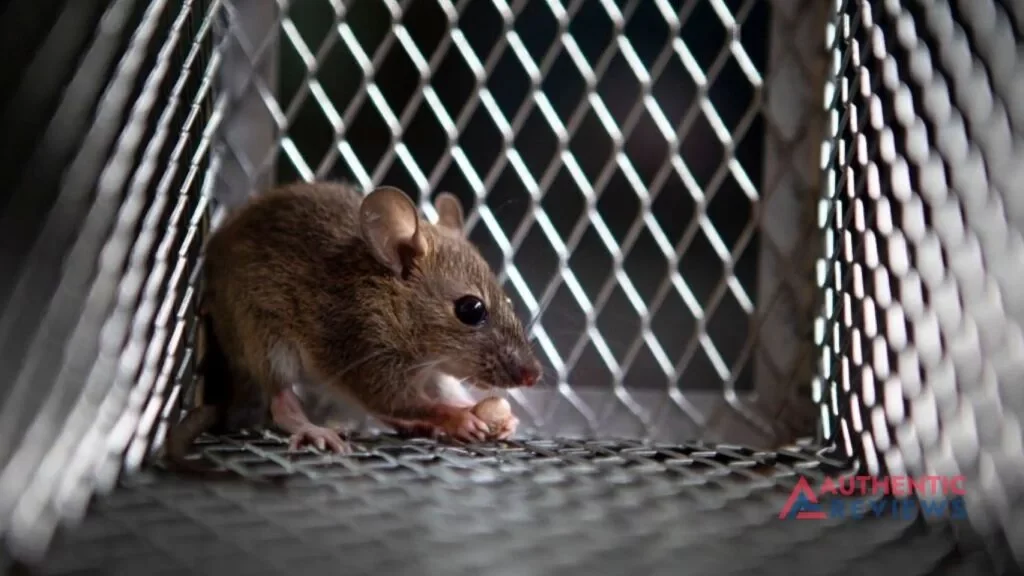
How to Tell How Many Rats are in Your Home?
Now that you know the signs of a rat infestation, you can start assessing your problem’s severity. Here are some tips to help you determine how many rats are in your home:
Check all areas of your home for signs of infestation
First and foremost, check all areas of your home for any signs that may indicate a rat infestation. Look for droppings, gnaw marks, rub marks, tracks, nests, and other indicators of rat activity. You can estimate how many rats are present based on the evidence you’ve found.
Set traps around your home or yard to determine
Setting traps in and around your home can help you understand how many rats are present. Place the traps in areas where you suspect rat activity has been occurring, such as dark corners or near food sources. When the traps are set, check them daily to see if you’ve caught any rats.
Perform a thorough investigation of the area
Once you’ve identified areas of possible rat activity, take some time to investigate further. Look for trails and nesting sites that may indicate how many rats are present in your home. Check under appliances, crawl spaces, and furniture for signs of rat activity.
Use ultrasonic devices to check the number of rats
Ultrasonic devices emit high-frequency sound waves designed to repel rats and other rodents. By placing a few of these devices in areas of your home where you suspect rat activity, you can help reduce the number of rats present.
Have an exterminator inspect your home
If you’ve followed all the steps above and are still unsure how many rats are in your home, it might be time to call an exterminator. Exterminators can assess the situation and determine the extent of the infestation. They can also advise on what steps to take next and provide effective treatment options for getting rid of your rat problem.
Dangers of Having a Rat Infestation
Living with rats in house is never ideal. Not only are they unpleasant to look at, but they can also present serious health and safety hazards. Here are some of the dangers associated with having rats in your home:
Health risks posed by rats
Rats are hazardous to human health as they can spread diseases through their saliva, droppings, and urine. These diseases range from the common cold to serious illnesses such as leptospirosis, hantavirus, and salmonellosis. These diseases can be transmitted through direct contact with rats or by contact with contaminated surfaces, food, and water.
Damage to structures and property
Rats can cause a lot of damage to homes and other structures. They can chew through walls, insulation, electrical wiring, and wooden beams, causing significant structural damage over time. You may also find that they have helped themselves to your food storage, leaving behind a trail of crumbs and droppings.
Fire hazards caused by rats
Rats can chew through electrical wiring, creating a potential fire hazard in your home. This is especially true if you have an old or outdated electrical system. Your risk of fire increases if the rats happen to chew through an outlet or fuse box.
Contaminated food and water
Rats contaminate any food or water they come into contact with, making it unsafe for humans. They can also spread bacteria such as E. coli and Salmonella, which can cause serious health problems if ingested. If you suspect a rat infestation in your home, immediately discard any open food items.
Negative impacts on mental health
Having a rat infestation in your home can have a negative impact on your mental health. The constant fear of contamination, the mess they leave behind, and the possibility of disease can be distressing and overwhelming for many people. It is important to take action immediately to reduce the risk of house of rats and restore peace of mind.
Where Do the Rats Come From in My House?
Rats may enter your home for food, shelter, and warmth. They will most likely enter through cracks or holes in the walls, foundation, or roof. Rats can also squeeze through small openings such as vents and pipes. Once they’ve entered your home, they’ll multiply quickly if left unchecked.
Rats typically live in dark, damp places such as basements, attics, and crawl spaces. Depending on the size of your home, you may also find them living in closets or other enclosed areas. If one says I have rats in the walls of my house, it means the rats have built nests in the ceiling and walls of the house.
Rats are attracted to strong odors such as food, garbage, or pet waste. They are also drawn to areas of your home that provide easy access to food and water. This includes kitchens, pantries, garages, and even outdoor compost piles. You may also find them near bird feeders and pet bowls.
If you believe you have a rat infestation in your home, the most important thing to do is act quickly. Rats reproduce rapidly and can cause significant damage to your property over time. Clean up any messes or food spills, seal any cracks or holes in the walls, and keep food items off the floor and away from their reach. If you are having trouble controlling the infestation with DIY methods, contact a pest control specialist for advice on how
Frequently Asked Questions:
The best way to tell if all the rats have left your home is to stay vigilant and watch for any signs of their presence. Look for rat droppings, footprints, or nests in inconspicuous places around your house. If you can’t spot anything, then the chances are that your rat problem has been solved.
Yes, rats will go away if there’s no food around. Rats must eat regularly to survive, so if your house has been cleared of all food sources, the rats will eventually have to move on. Keep your home clean and free from crumbs and scraps that could attract these critters back.
Unfortunately, rats will not leave if one of their numbers dies. They are more likely to stay in the area and search for food. If you find a dead rat in your home, it’s best to dispose of it and take steps to prevent any more from relocating there.
Preventative measures and extermination are the best ways to permanently eliminate rats. To prevent the rats from returning, seal up any potential entry points around your home. You should also keep food sources clean and inaccessible.
Rats can bite humans, but they usually try to avoid contact. If you encounter a rat in your home, move slowly and calmly. Never corner a rat or attempt to touch it; this will make them feel threatened and more likely to attack.
Conclusion
The best way to tell how many rats are in your house is to look for signs of rat infestation and actively search for them. If you find rat droppings, nests, and tunnels or see the rats themselves, it’s time to take action.
The sooner you can identify the extent of the problem and put control measures in place, the better your chances of getting rid of them for good. So, keep your eyes peeled and take action if you think rats reside in your home. It’s the only way to know how many rats are in your house! Good Luck!


